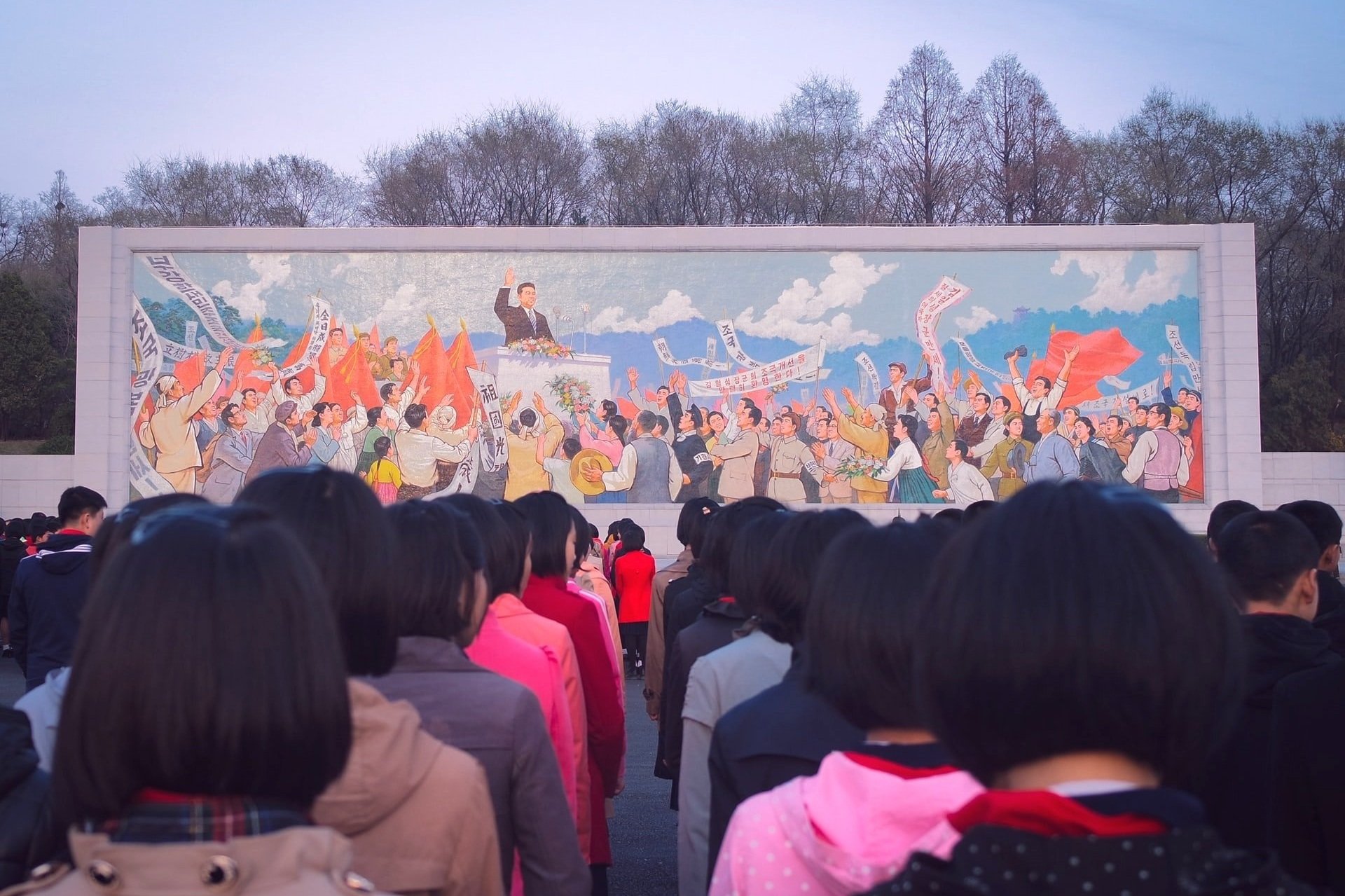While North Korean defectors are prepared to risk everything and even die just to escape to freedom in South Korea, among other countries, it is ironic to learn that tourism in North Korea has been booming, with around 100,000 Chinese visitors and 5,000 western tourists flocking to Pyongyang each year before the pandemic. Even though most governments recommend against traveling to the DPRK following the arbitrary arrests of foreign citizens in the past decade, North Korea received 1,800 tourists every day in July and August 2018 alone. According to 38 North, North Korea’s tourism revenue rose around 400% between 2014 and 2019, while several tour agencies added that demand to visit the reclusive North never waned even during the pandemic, “I receive emails daily from those asking if North Korea has reopened and if they can go.”
As rumors about North Korea reopening its borders to welcome tourists from mid-June 2023 begin to spread, Chinese tour agencies are starting to post advertisements on social media promoting five to six-day government-approved itineraries priced between 2,980 RMB ($430 USD) and 4,280 RMB ($618 USD). Perhaps driven by the huge source of revenue generated from Chinese tourists, the country with the strictest pandemic border restrictions to this day appears to even allow visitors to enter without a negative COVID-19 test and travel mask-free.
DEMAND FOR TOURISM SURGES
Visitors to North Korea must travel as part of a guided tour, where state guides monitor and restrict tourists’ movements throughout the journey. Trips to North Korea are not cheap. The cost of a four-full-day shared tour offered by Young Pioneer Tours in July 2023 exclusive of flights, costs of visas, among other things, is 995 euros ($1,100 USD). Apart from the extortionate costs, tour agencies are selective of their customers. The China-based travel agency that sent 22-year-old American student Otto Warmbier, who was sentenced to 15 years of hard labor and later died in a hospital after returning to the U.S., announced that it would no longer take U.S. citizens on for similar tours, as the “assessment of risk for Americans visiting North Korea has become too high.”
While human rights groups have argued that the North Korean tourism industry serves only “to fund and legitimize the regime,” it is not surprising that the heavy restrictions and slogans describing “the places your mother wants you to stay away from” used by tour agencies like Young Pioneer Tours help spark interests and gather momentum among adventurous travelers from the west. After all, the fact that freedom is mostly the global norm nowadays and dictatorship sounds like fiction makes North Korea an intriguing destination.
However, reviews have not always been positive. American blogger, Benjamin Young, told NK News that “I thought I was being adventurous … looking back on it, I was just naïve. But I got out of North Korea healthy. Warmbier was not so lucky.” He added that “You cannot truly engage with the North Korean people. You can only engage with the regime … who simply operate on a different level.” This was confirmed by North Korean defector, Ji Min-kang, who described that “Outsiders can’t communicate with the citizens and the guides control all that they see … You cannot see the real North Korea as a tourist.”
TOURISM CASH COW
Tourism is vital to North Korea in two folds. Firstly, it offers a dependable and stable source of foreign currency, a commodity that is widely in demand that the regime struggles to obtain due to international sanctions restricting its exports. Secondly, it supports the country’s goal to accomplish the Juche aspiration of self-reliance. Although there is no official data available, it is estimated that tourists who visited North Korea in 2019 generated as much as $175 million USD in earnings from tourism alone that year.
Conventional options include tours to national vacation spots like the Masikryong Ski Resort, the Wonsasn-Kalma Beach Resort, the mountain resort of Samjiyon and the Mt. Kumgang tourist area. There are also unorthodox and off-the-beaten-path activities such as the Pyongyang Marathon and medical tourism aimed at offering foreign visitors with treatments including cataract surgery, dental implants and therapy for tumors. The North Korean government has also been creative with the way it fabricates the image of inclusion while exploiting foreign talent. For instance, a one-month volunteer program was offered by Pyongyang Tourism College, which sought English-speakers to teach North Korea’s prospective tour guides English and foreign etiquette in exchange for “unparalleled levels of interaction and engagement with local Koreans,” cost each volunteer 1,000 euros ($1,105 USD). Although it claimed to be running on a not-for-profit basis with excess funds spent on the tourism library at the college, a former British volunteer recalled being driven around in luxury cars during his visit and not allowed freedom of movement.
Meanwhile, tourists are conveniently used by the government as propaganda aimed at brainwashing its own people. According to Hyeonseo Lee, a North Korean activist who escaped the country in 1997, “They are required to bow to the large statue of our first dictator, Kim Il-sung,” and these images are used by “propagandists to show North Koreans that foreigners come from all over the world to pay homage to the Dear Leader … North Korea’s supremacy must be true.” Consequently, visiting North Korea as a tourist in a nutshell essentially involves participating in an expensive crash course to learn about lies the leadership projects through an enterprise that profits all parties involved.
Is it ethical to visit a place like North Korea where revenue generated from tourism is fed right back into the totalitarian machine? There’s no denying that the mystery of North Korea is a draw to the outside world. But we’re reminded of the reasons why so many countries have imposed sanctions against North Korea and why the inhumane treatment of their own people should not be tolerated.



